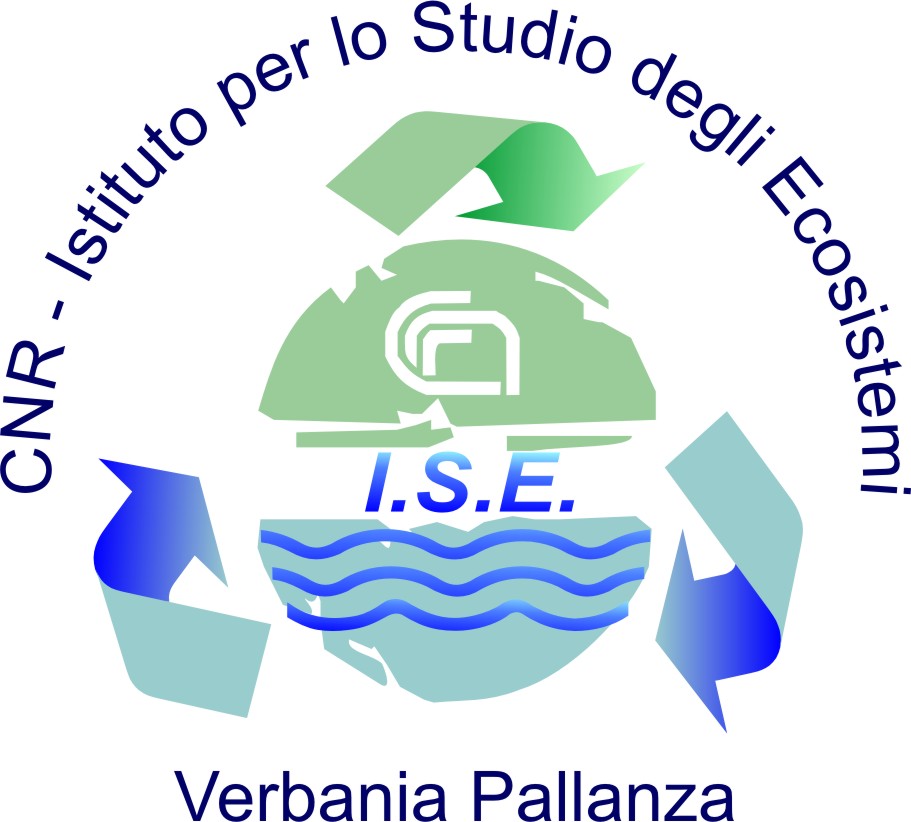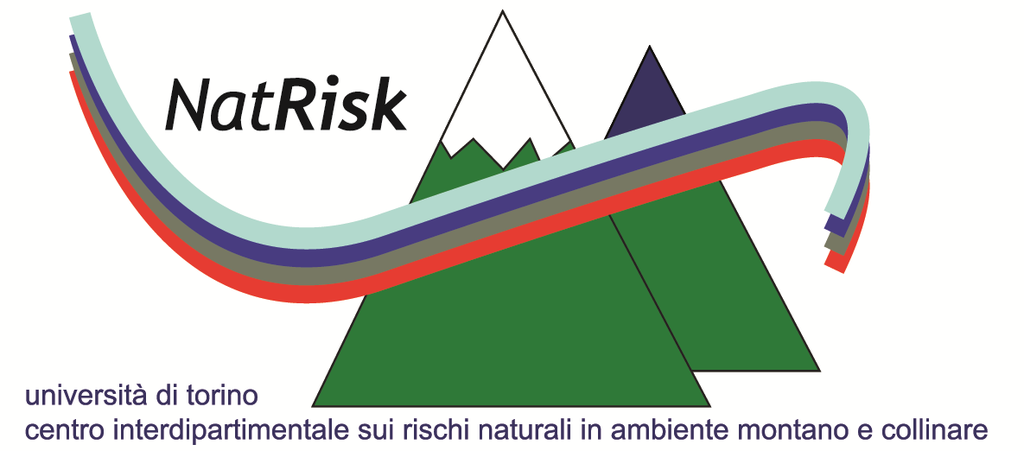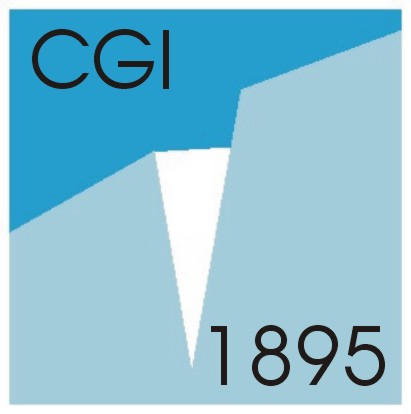You are here
WP 2.5 Future climate projections in mountain areas
The availability of results produced with climate numerical simulations is essential to complement and interpret the information provided by observed data and to develop forecasting and impact estimation methodologies. This work-package has built and made available an archive of climate data obtained from global, regional and local numerical simulations, existing or produced in the framework of the project. Besides, statistical and stochastic downscaling methodologies have been developed and implemented in order to provide climate data at very high resolution, suitable for impact studies in areas of specific interest.
Activities
• Task 1. Building an archive of results from global, regional and local climate simulations, either already existing or produced in the framework of the project. Archives of global climate data related to the industrial period (1850-2005) and future projections (RCP 3-PD, RCP 4.5, RCP 8.5 scenarios) for the 2006-2100 period have been built. These data have been obtained from simulations performed using global climate models available at the participating institutions, such as the CMCC–CM climate model and the EC-Earth model used by the National Research Council. Some of the simulations have been carried out and archived at the CMCC computing centre, while others have been carried out and made available at CINECA and ENEA. These simulations provide an ensemble of modelled results and constitute a basis of global data for the characterization of meteo-climatic conditions at large scale. The results of global models have also been used as boundary conditions for simulations at regional and local scale conducted with high-resolution, limited area models. Furthermore, the global simulations have been complemented with those available from international programs, such as CMIP5, and those performed within the EC-Earth consortium. The archive makes also available climate data from hydrostatic simulations performed with limited area models in regions of special interest for the project, including both results from atmosphere-only simulations and results from coupled ocean-atmosphere simulations in the Mediterranean Basin. The hydrostatic regional simulations have been conducted at CMCC, ENEA and ICTP and are made available at the archives and numeric portals created at the centres during the project. Besides, these simulations are compared and supplemented by those produced in the framework of the international initiative CORDEX. The database includes also results from a set of case studies of non-hydrostatic simulations at very high resolution (1-10 km) in mountainous areas, where the complex terrain requires the development of particular modelling solutions. In these areas, the comparison between the numerical results and the data collected from observations is essential for the calibration and validation of the local-scale models. These models have been nested into global simulations to obtain an archive of future scenarios with high spatial resolution in mountainous regions of specific interest.
• Task 2. Development and implementation of statistical and stochastic downscaling methods for temperature and precipitation capable of representing the orographic effects for Italian mountain regions. A series of methods and tools have been developed for the production of very high resolution climate data based on statistical and stochastic downscaling techniques. All simulations and disaggregated scenarios obtained from the application of the downscaling methods have been made available on the thematic portals of the project. The data produced at very high resolution allowed a realistic representation of small-scale processes, so important for a deeper understanding of the phenomena that characterize the areas with complex orography – such as the Alpine region – and for a more accurate quantification of the impacts that the climate change can induce in these regions.
Results
During the project, numerous simulations were conducted and analyzed in order to produce an estimate, as reliable as possible, of the signal of climate change that could occur in the next decades in the Mediterranean basin, on the Italian Peninsula and in the Alpine region, as a consequence of future emission scenarios. For this purpose, simulations obtained from global and regional, coupled ocean–atmosphere and atmospheric only models, at different spatial resolutions have been used. For example, analyzes of simulations produced with coupled global and regional coupled models, across the entire Mediterranean basin, have provided information on the signal of climate change in the Euro–Mediterranean region and on the Italian peninsula. Regarding the surface temperature, all simulations substantially agree in indicating a significant increase in average summer temperatures on the Mediterranean coastal areas, which in the next decades (2021-2050) can be over 2°C warmer than those observed in the recent past. For precipitation, there is less consensus on the projected changes. However, models appear to agree in projecting a north–south gradient mean rainfall for all seasons, with reduced mean precipitation over the Mediterranean region and a corresponding increase in central–northern Europe. In particular, in central–southern Italy the projections suggest a marked reduction in mean rainfall, which in spring and summer seems to affect the whole country. In the northern part of the Peninsula, on the other hand, the uncertainty is more substantial, especially in winter, and models do not agree on the sign of the projected change in mean precipitation. Simulations produced with coupled global and regional models in the Mediterranean, have also allowed to evaluate the ability of numerical models to reproduce the main characteristics of extreme precipitation events in this region, and to estimate the impacts that future climate changes could have on them. The results indicate that models, generally, show some skill in reproducing the extremes associated with large–scale precipitation events, while they have more problems with the events associated with convective phenomena. Furthermore, climate change projections suggest that in a warmer future climate, the Euro-Mediterranean region could be affected by a more pronounced increase in extreme phenomena compared to the less intense ones. The increase in extreme rainfall intensity appears to characterize even those areas of the region that, at the same time, show a decrease in average rainfall, in the projections. This increase in extreme events seems to be clearly linked to an increased availability of water vapour accumulated in the atmosphere in a warmer climate. Finally, during the project, extensive studies were conducted to investigate and evaluate the performance of numerical simulations at high (~ 8 km) and very high (~ 2.2 km) resolution in the Alpine region. Particular attention was devoted to the analysis of the ability of models to represent the daily and sub–daily precipitation dynamics, with the aim of providing an objective quantification of the improvements eventually determined by an increase in spatial resolution, at different time scales, of the climate variability observed in this region. In general, the results show that the very high–resolution simulations (2.2 km) produce a significant improvement in the models' ability to reproduce the main features of the high-frequency precipitation statistics (daily and sub-daily) in the Alpine area, both in terms of bias reduction and better representation of extreme events.




























